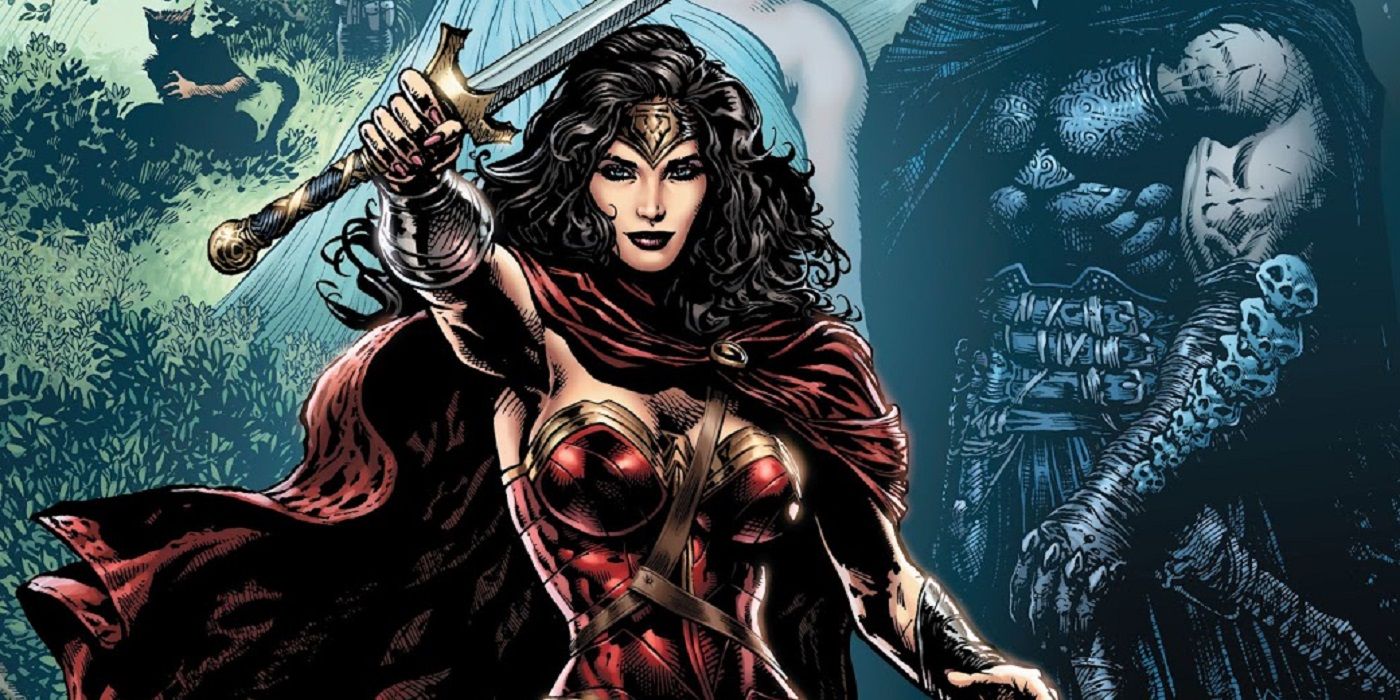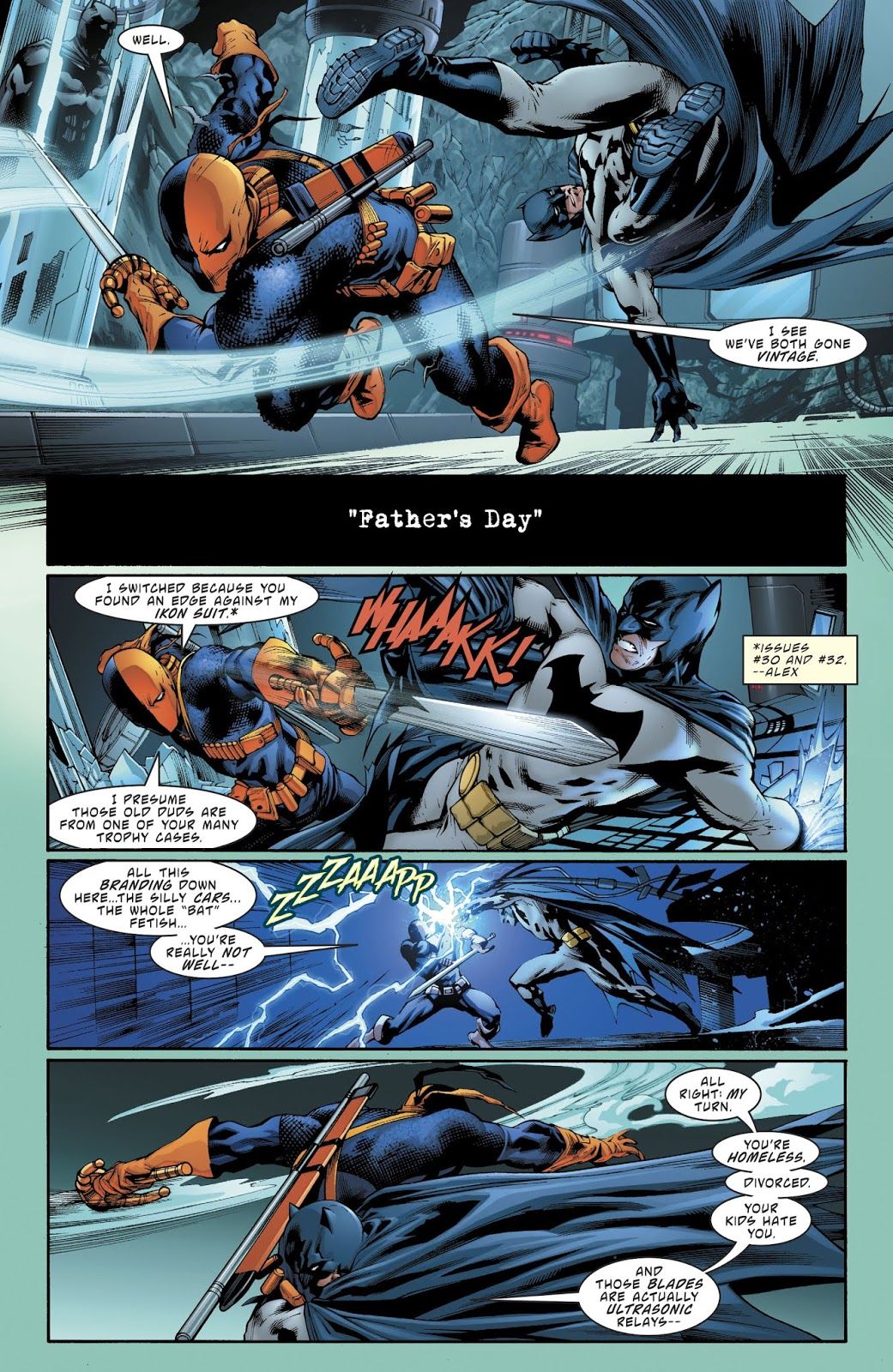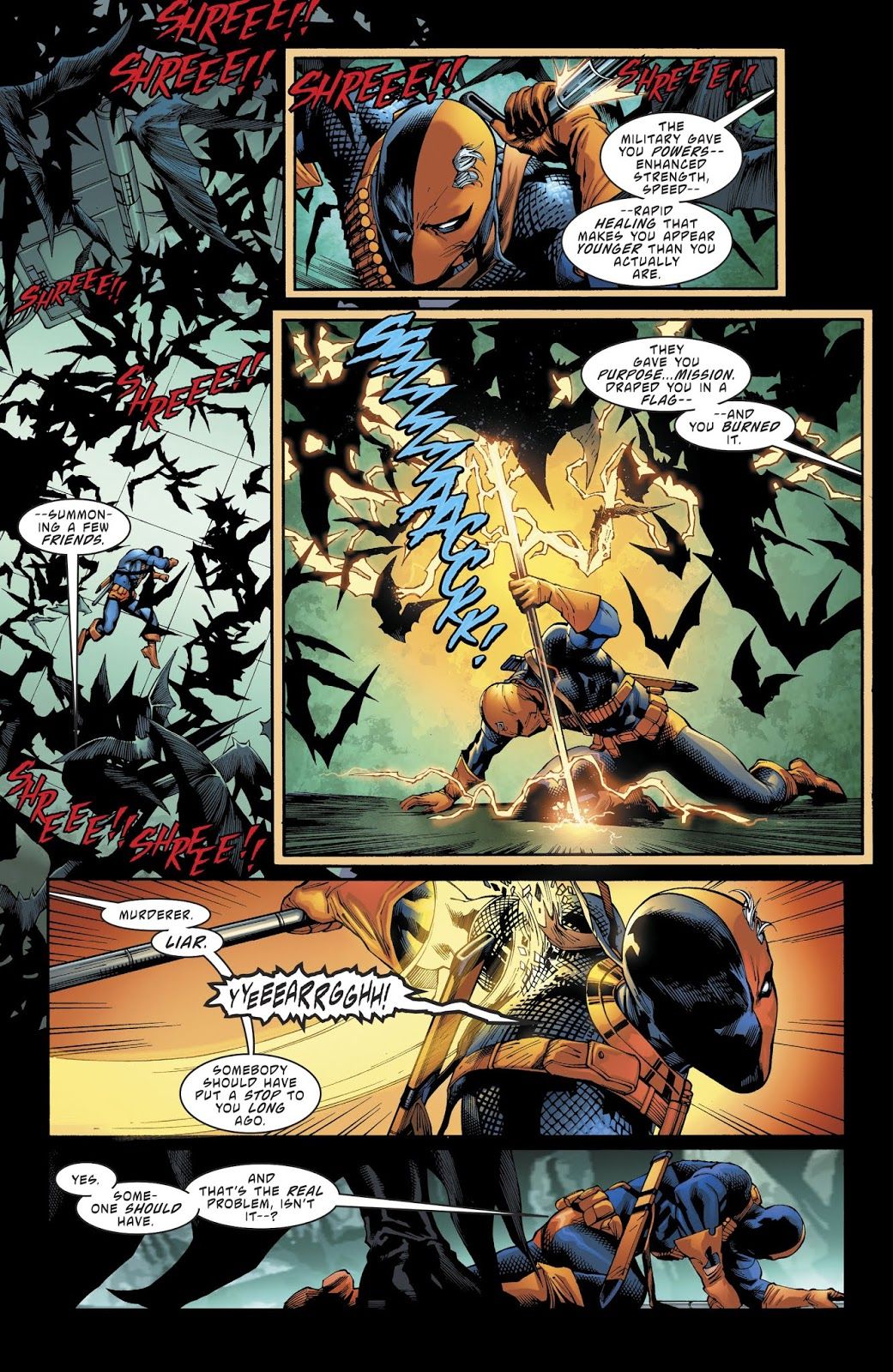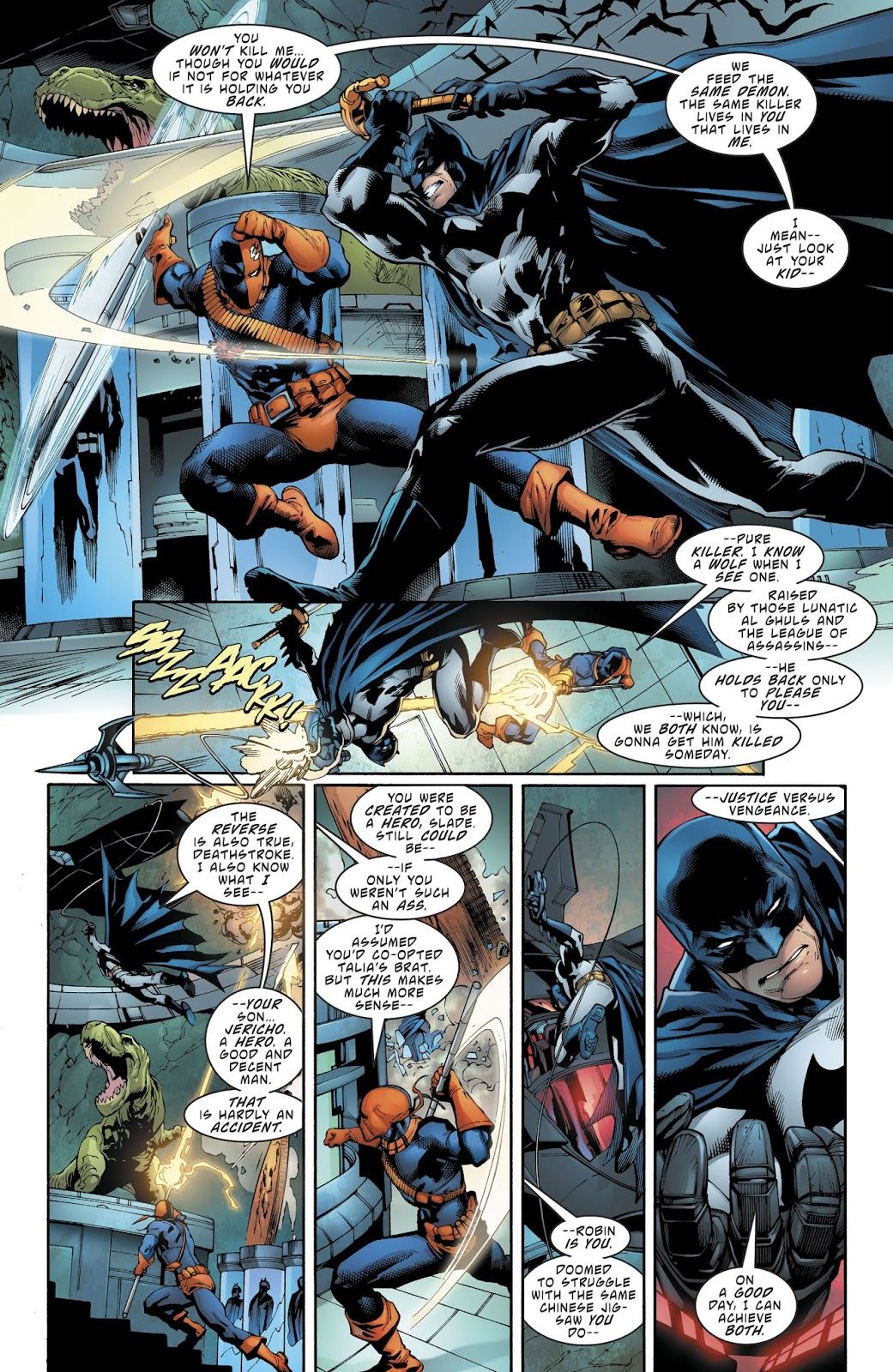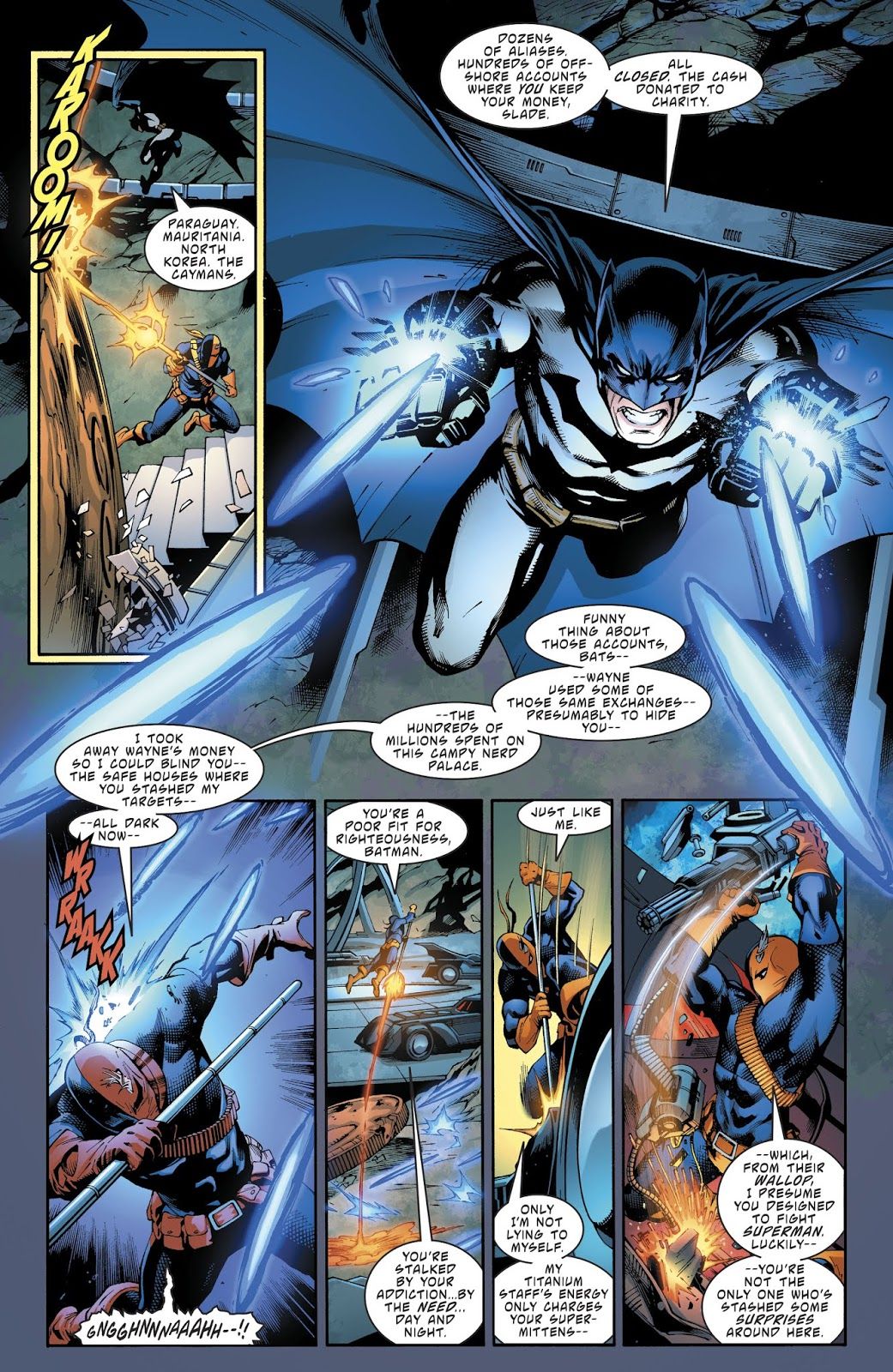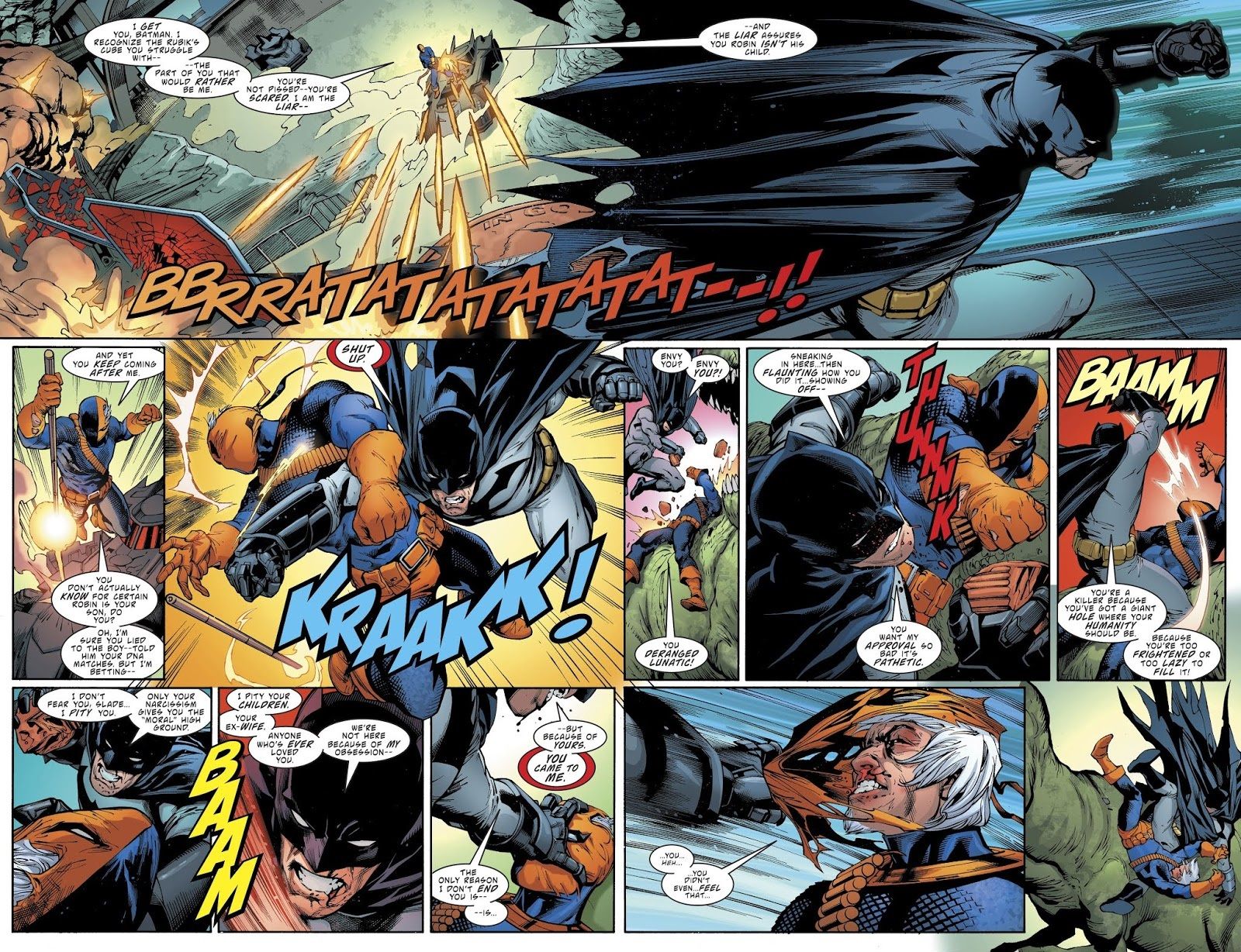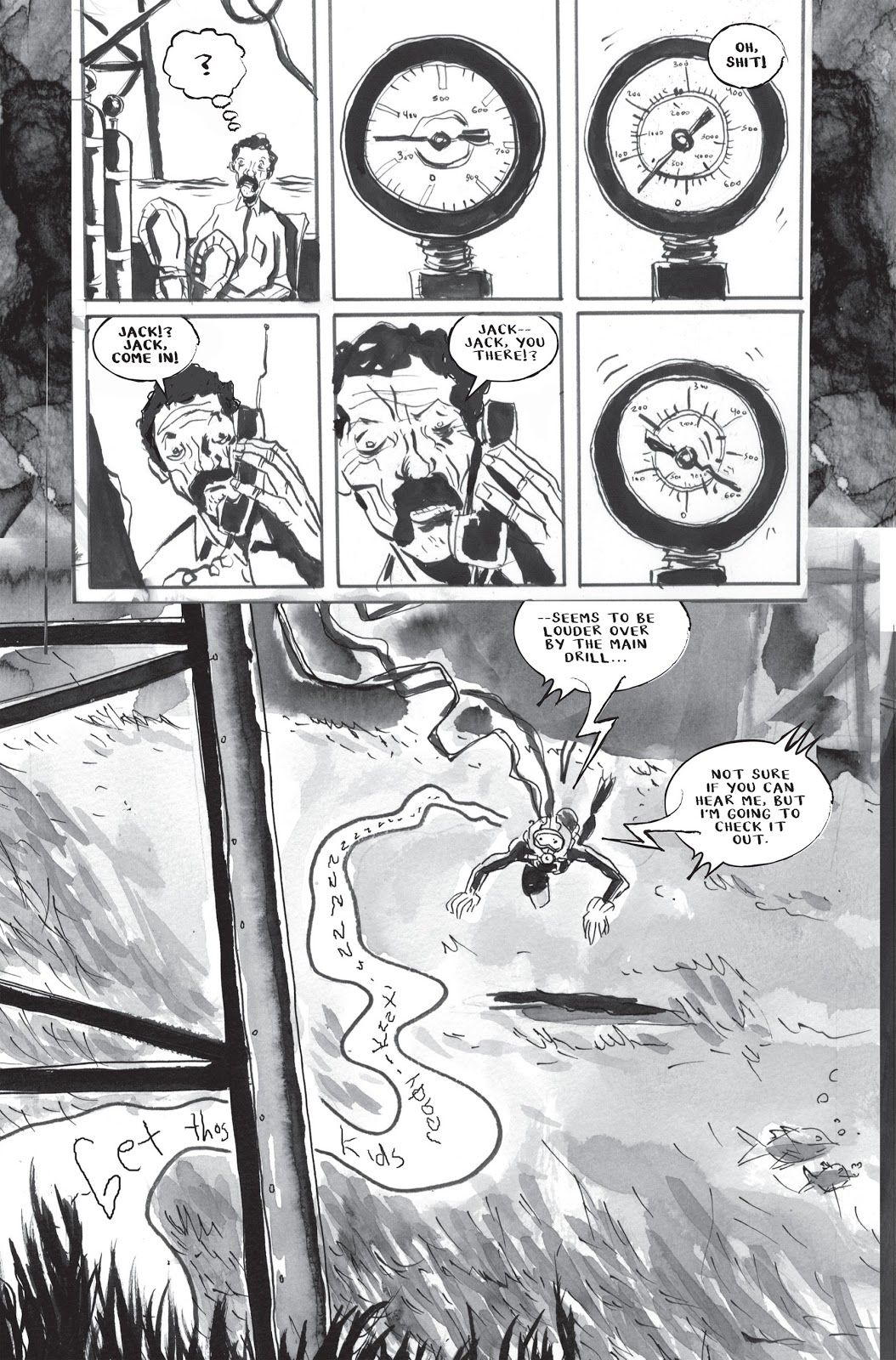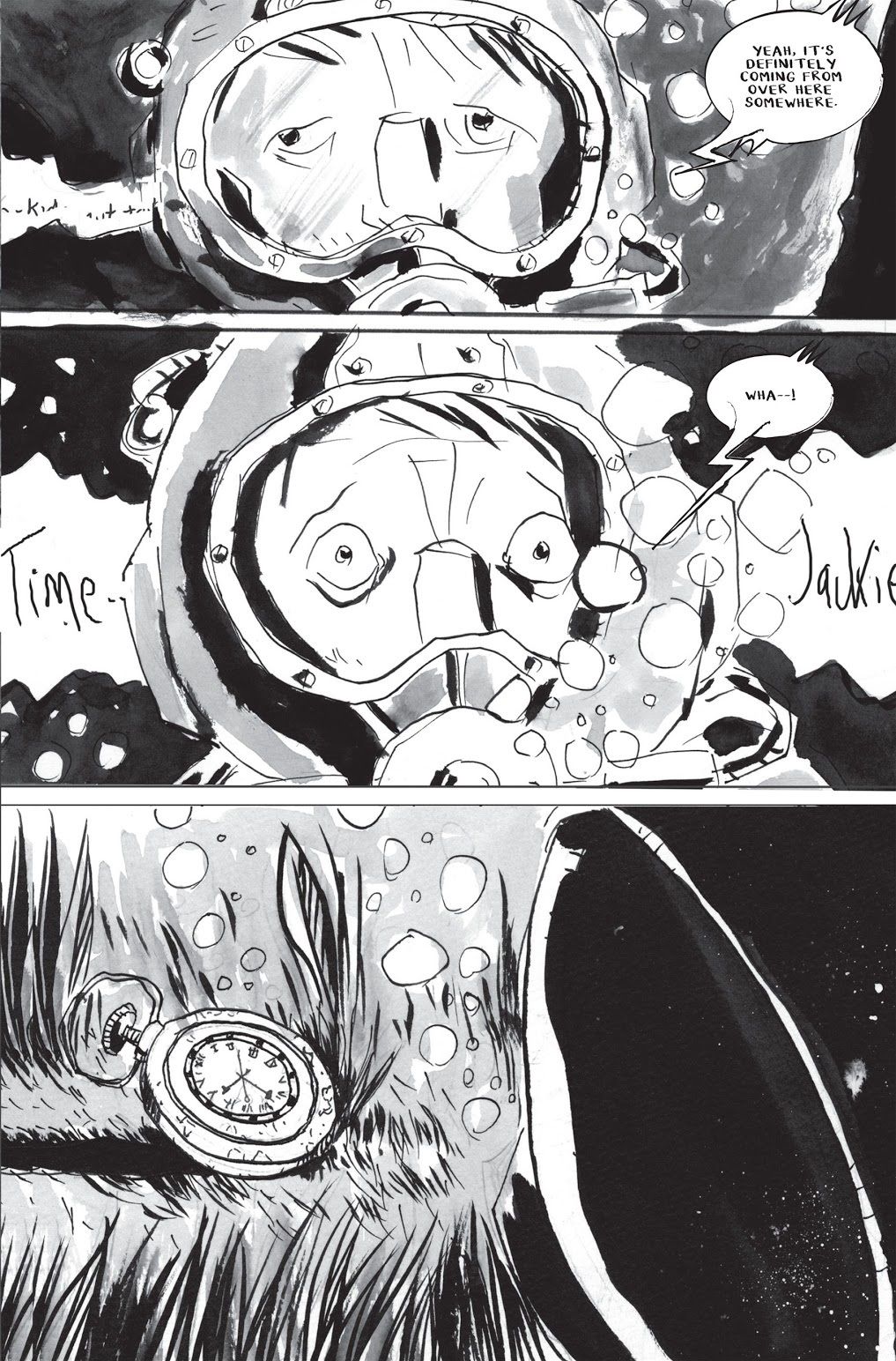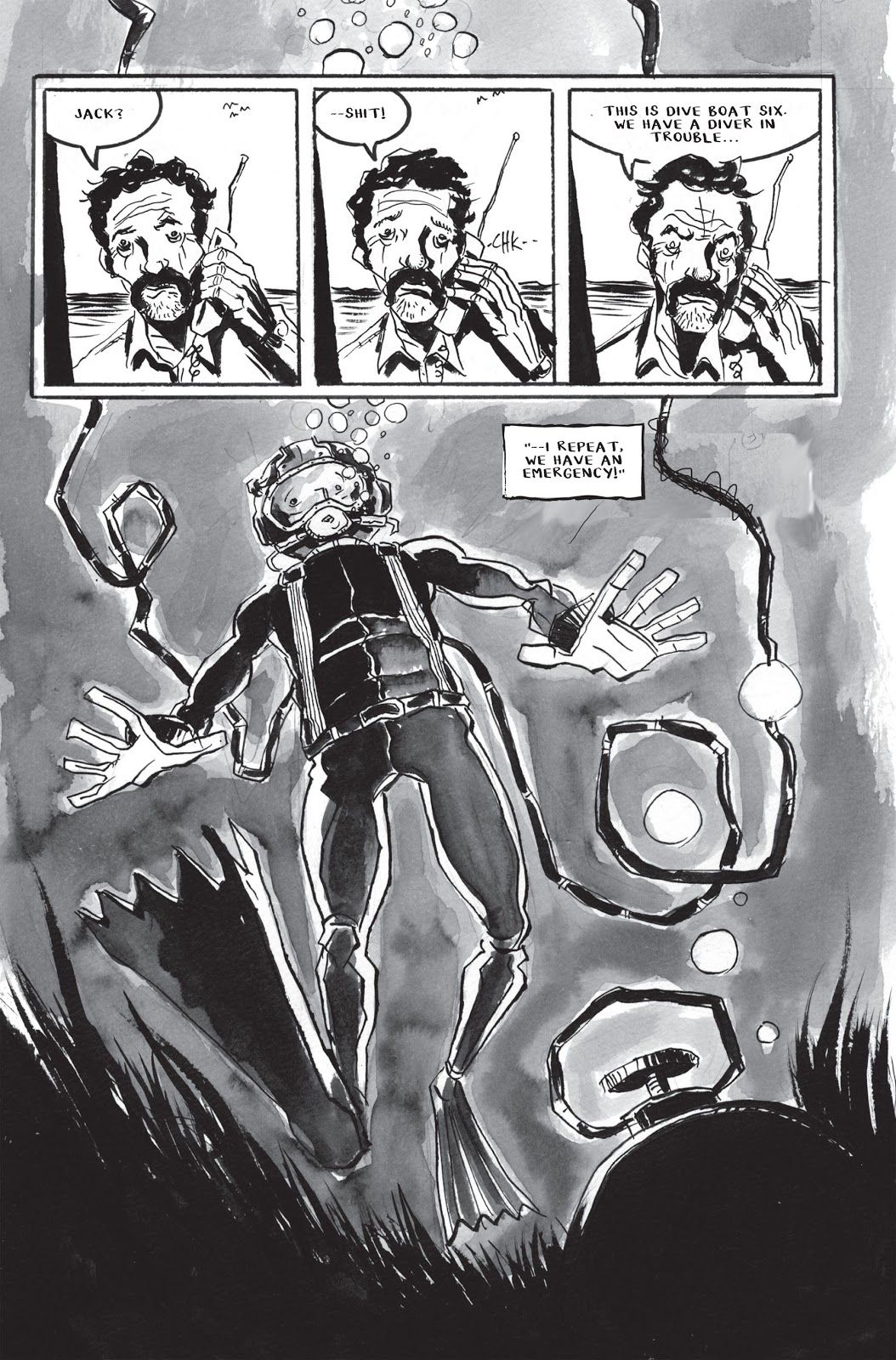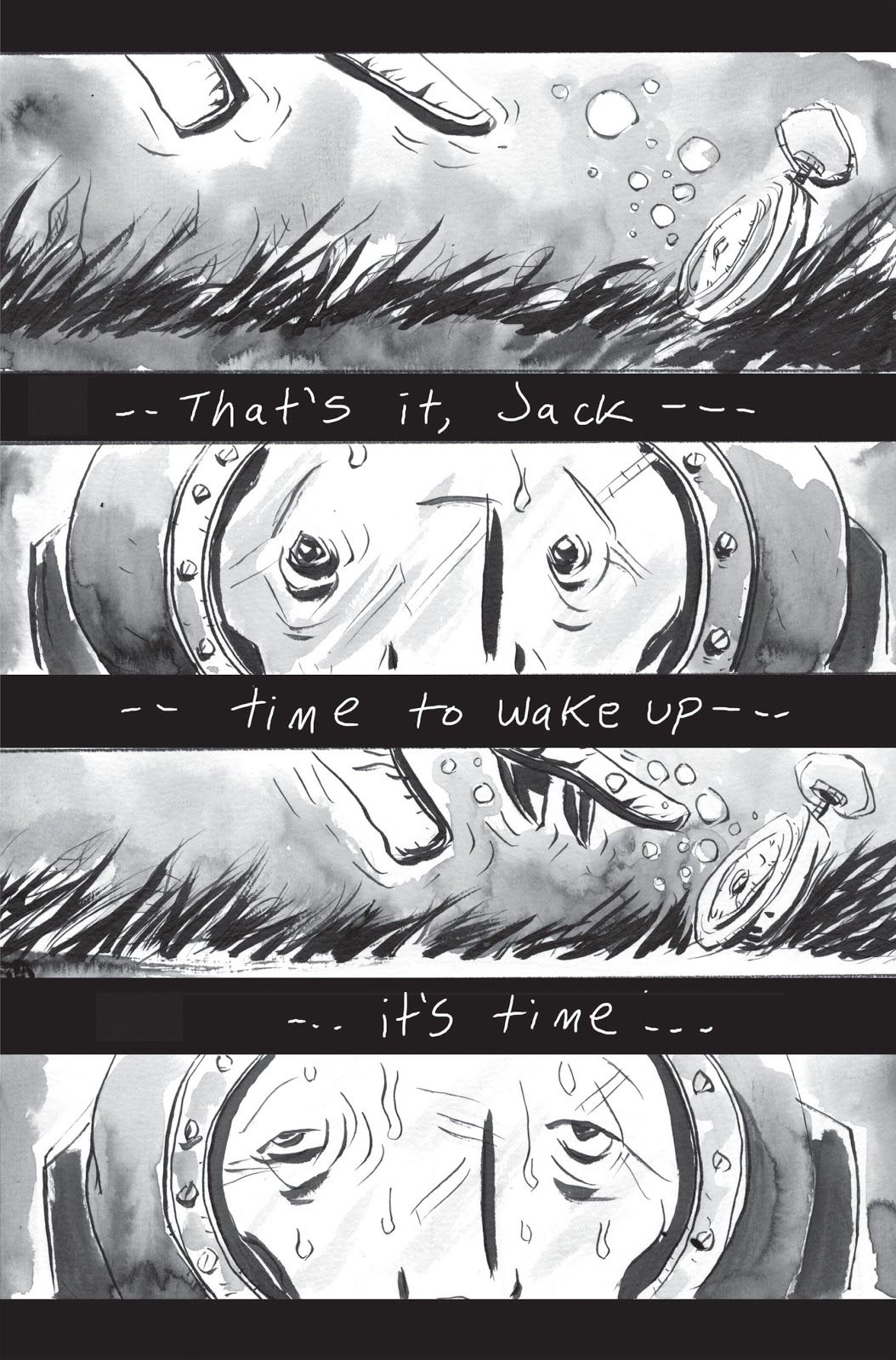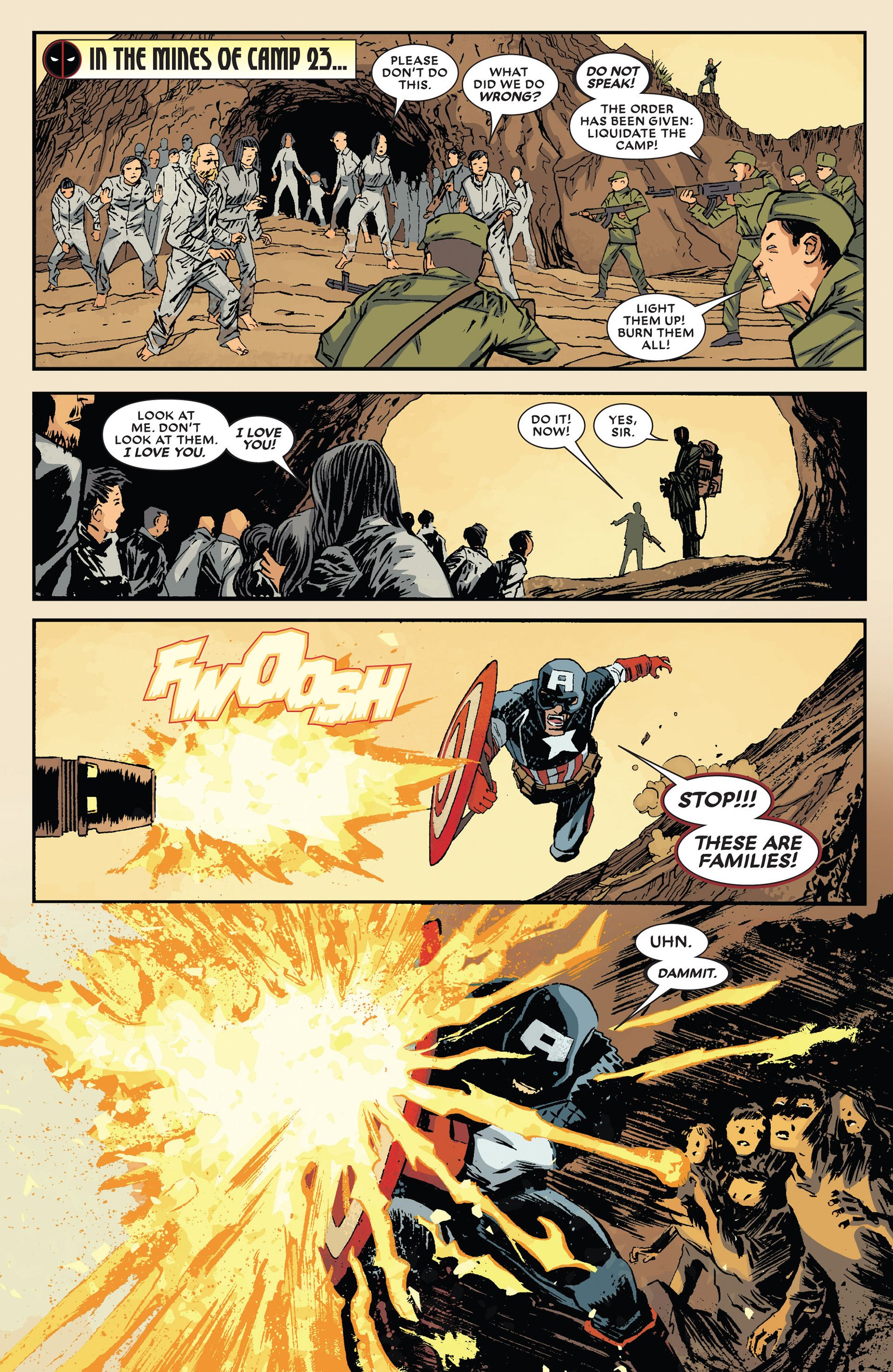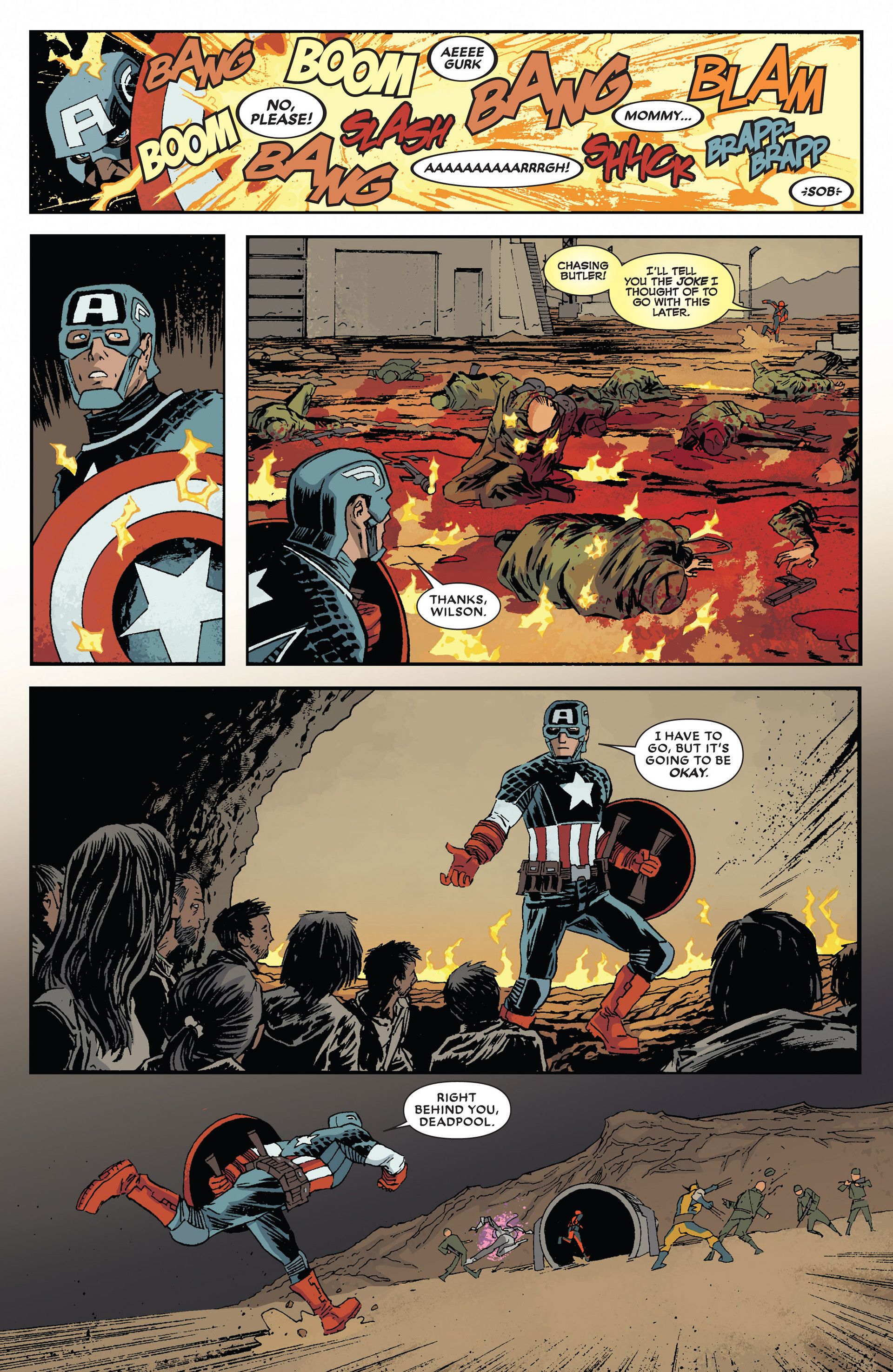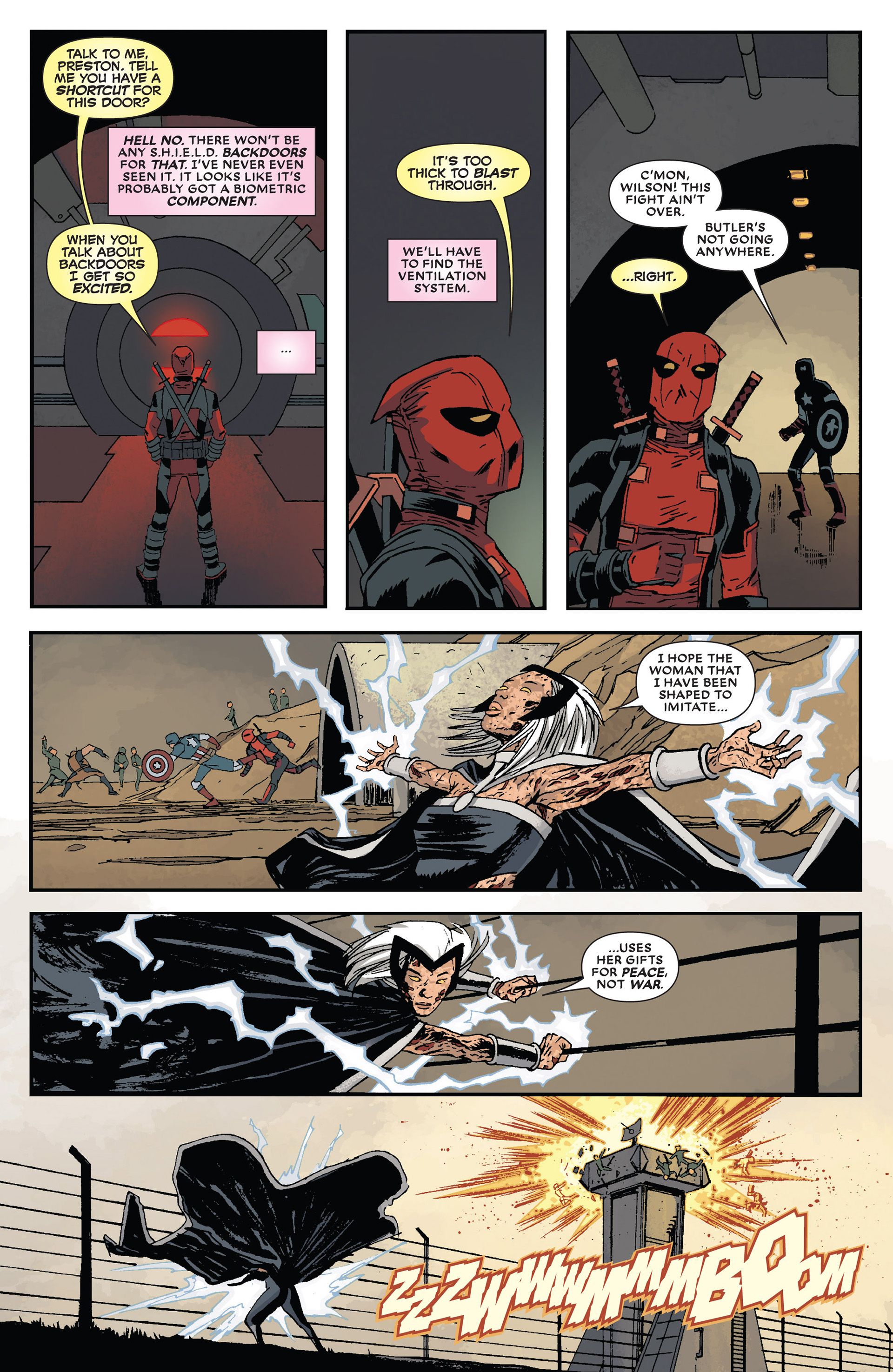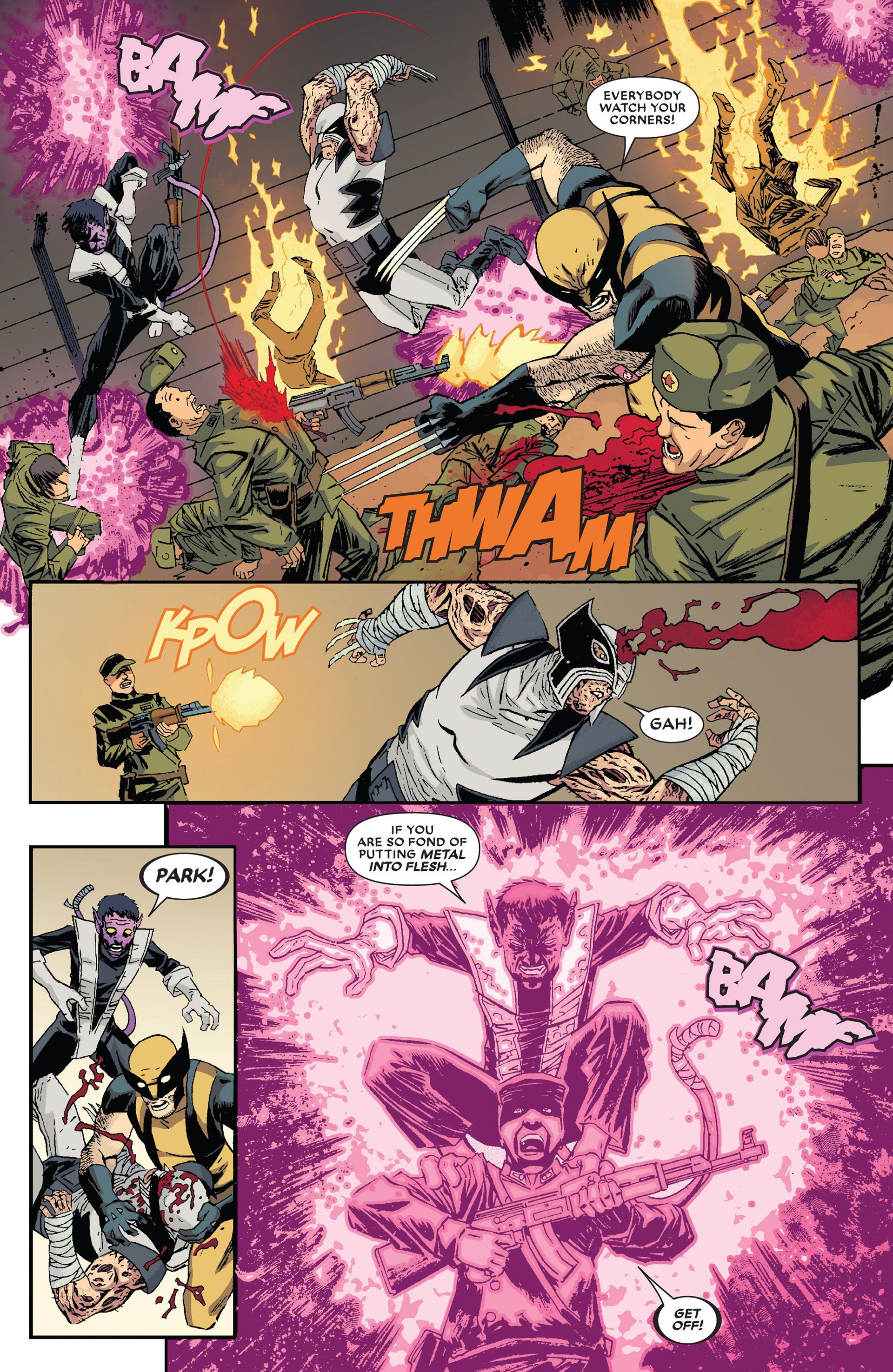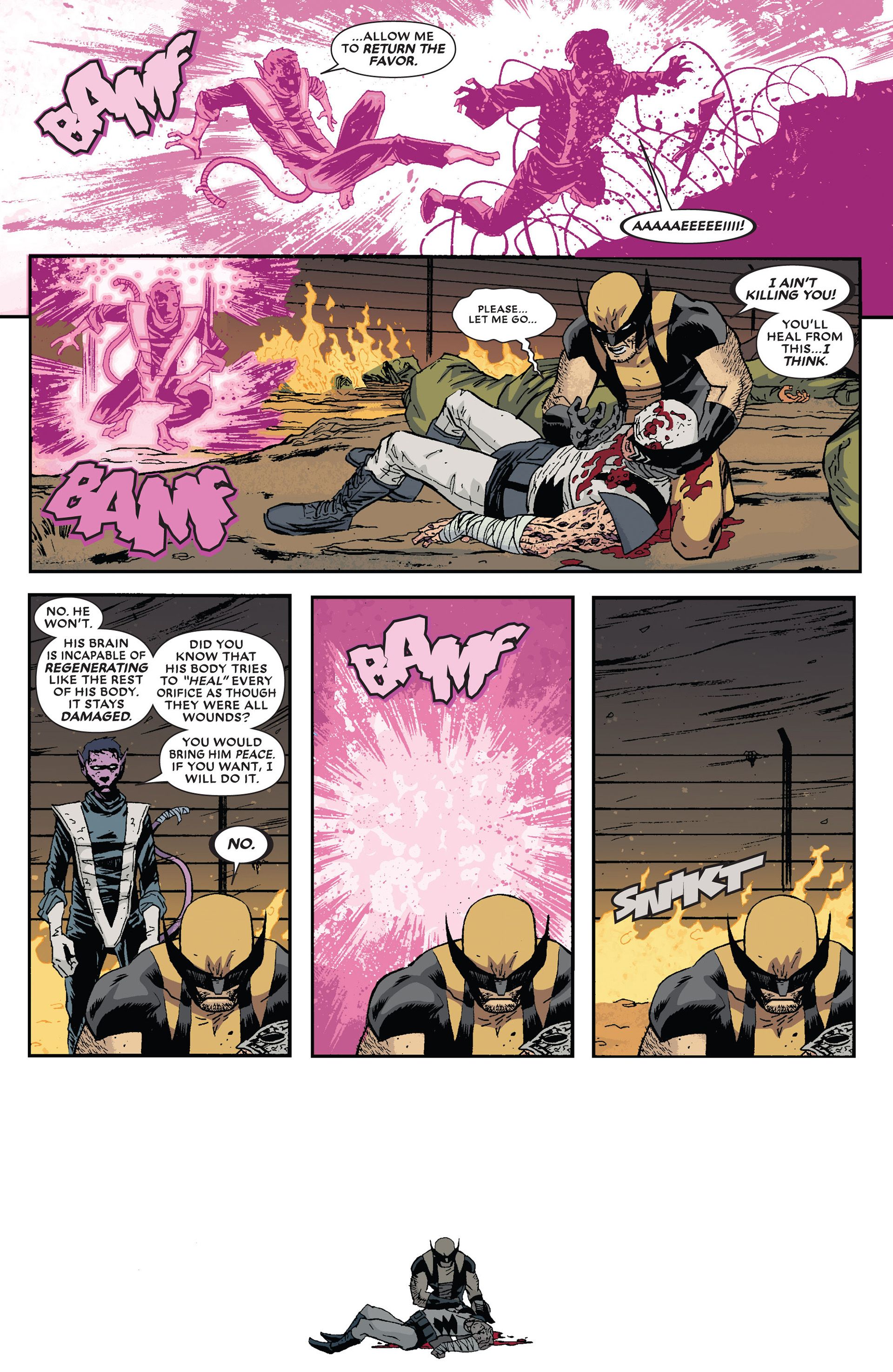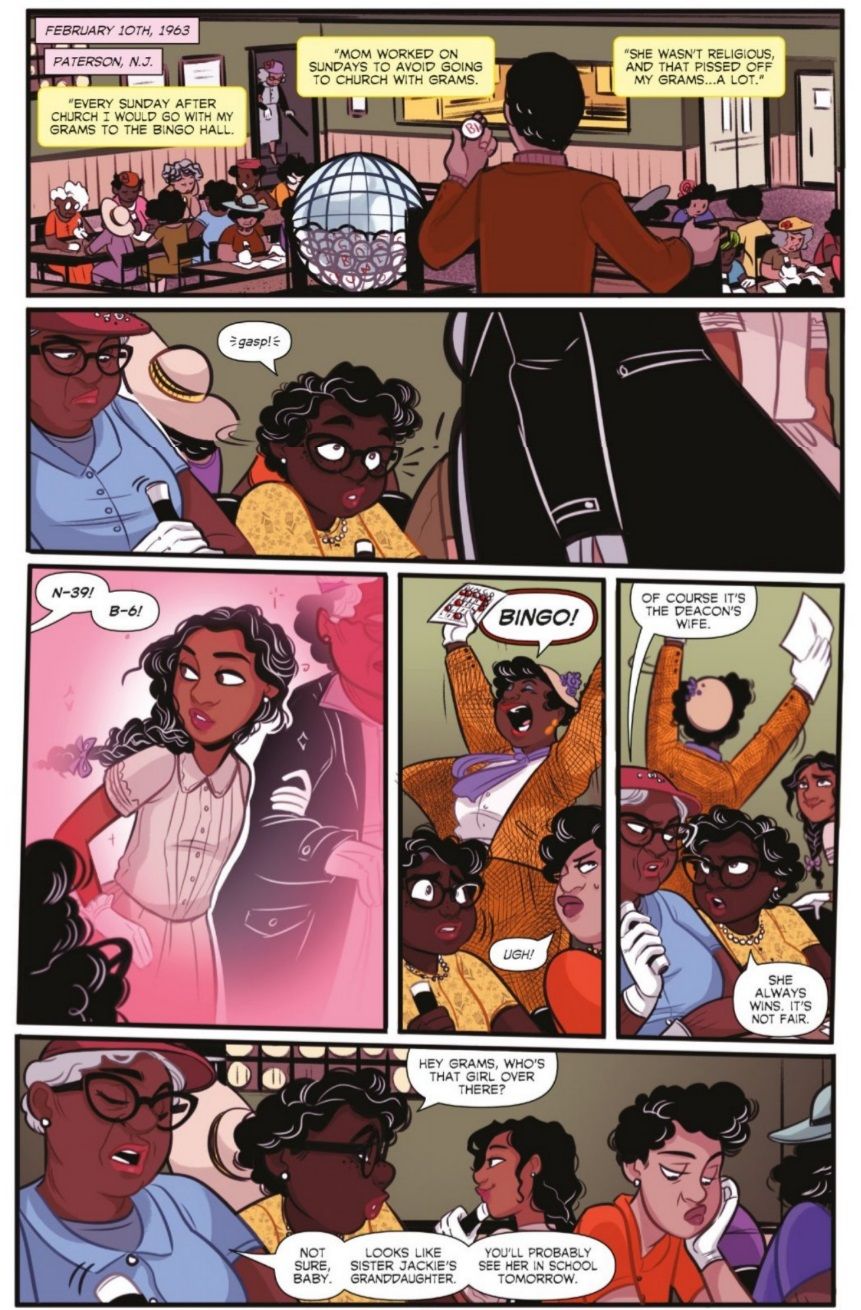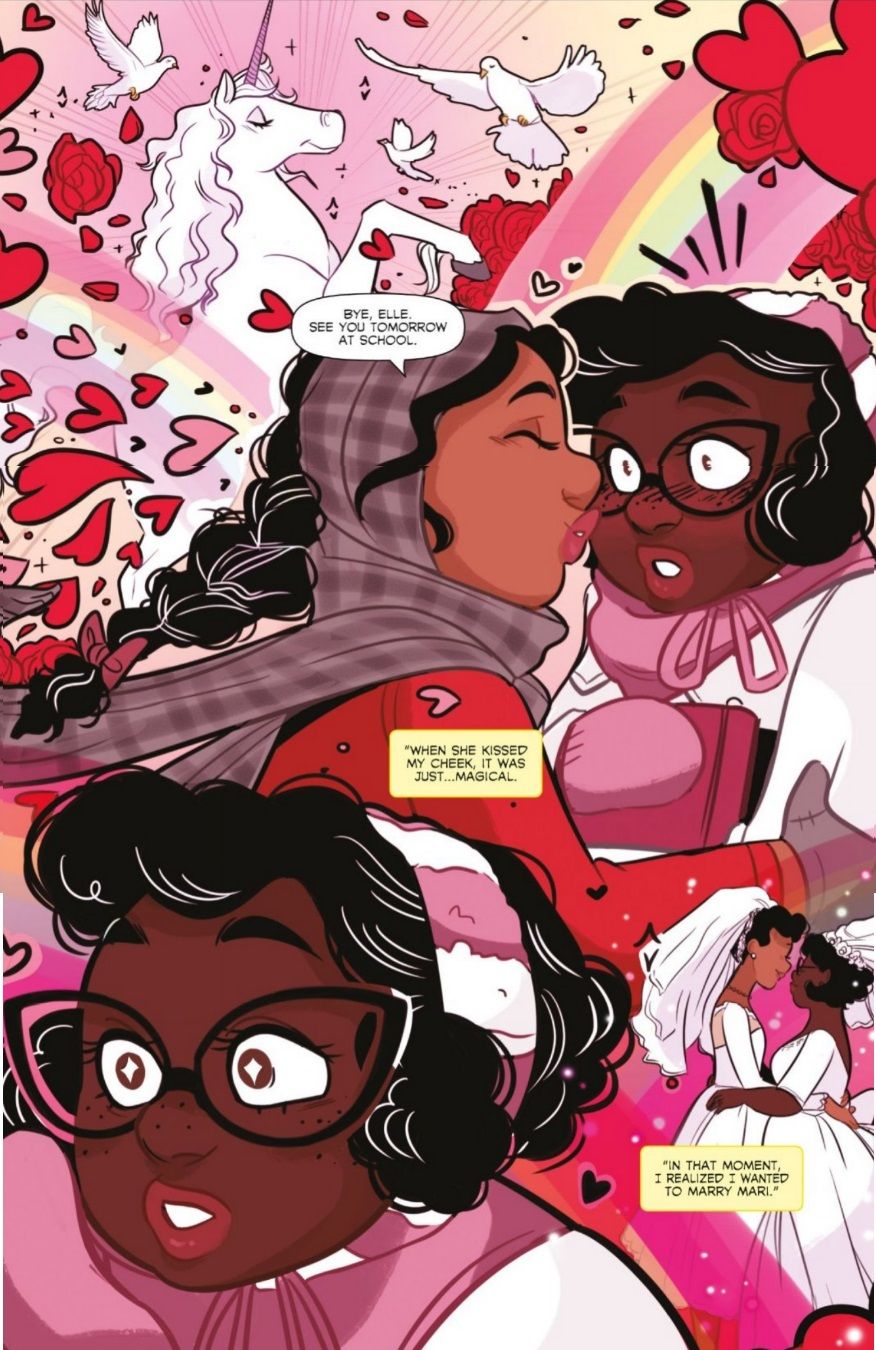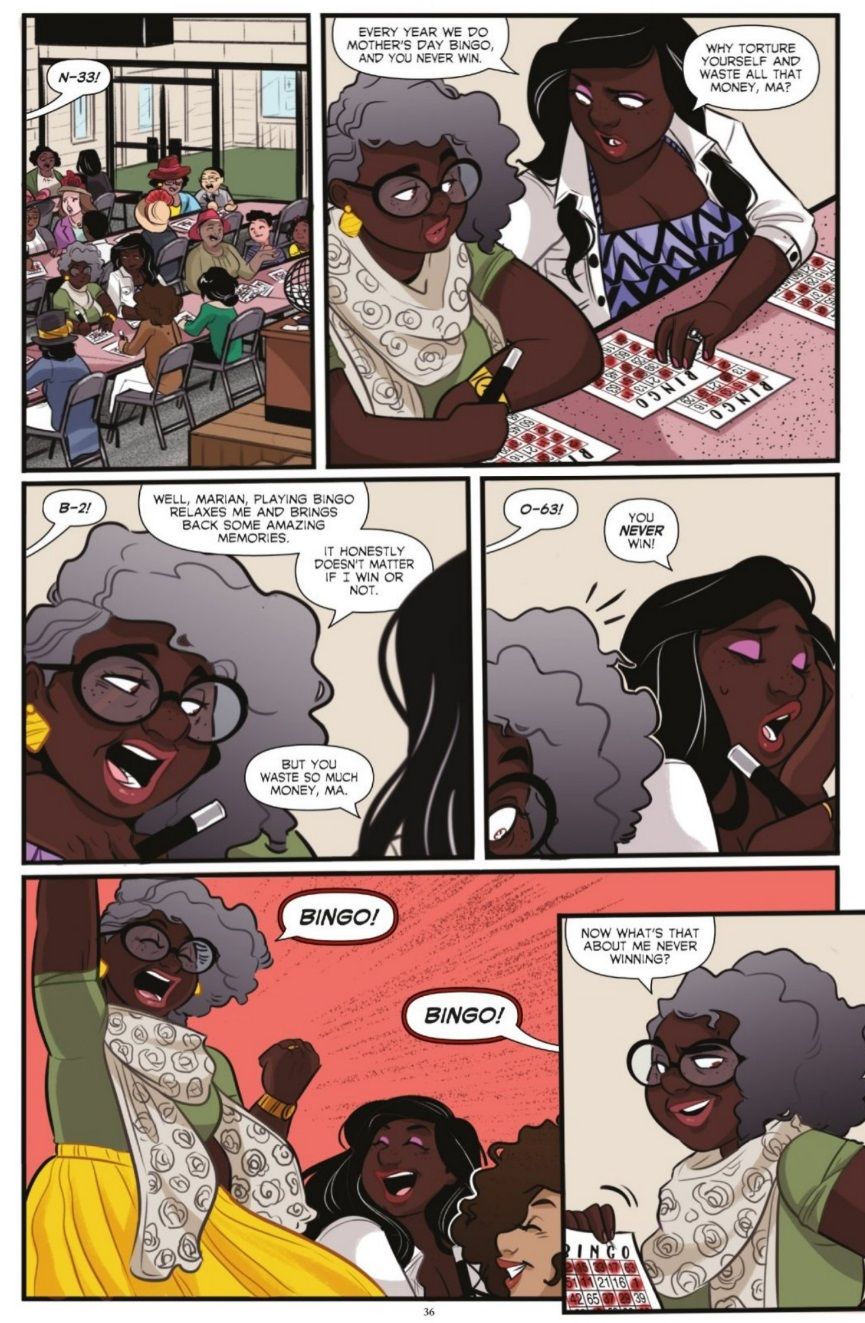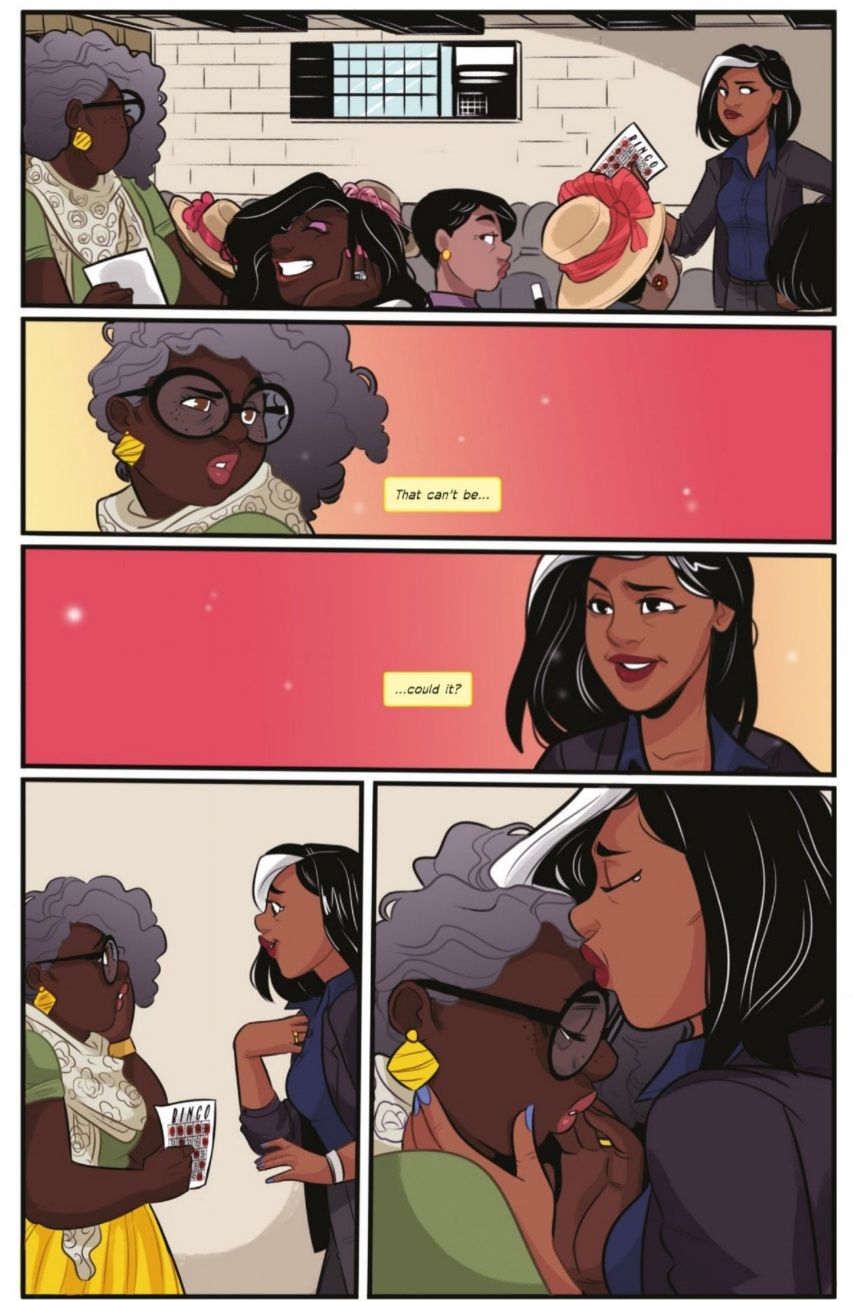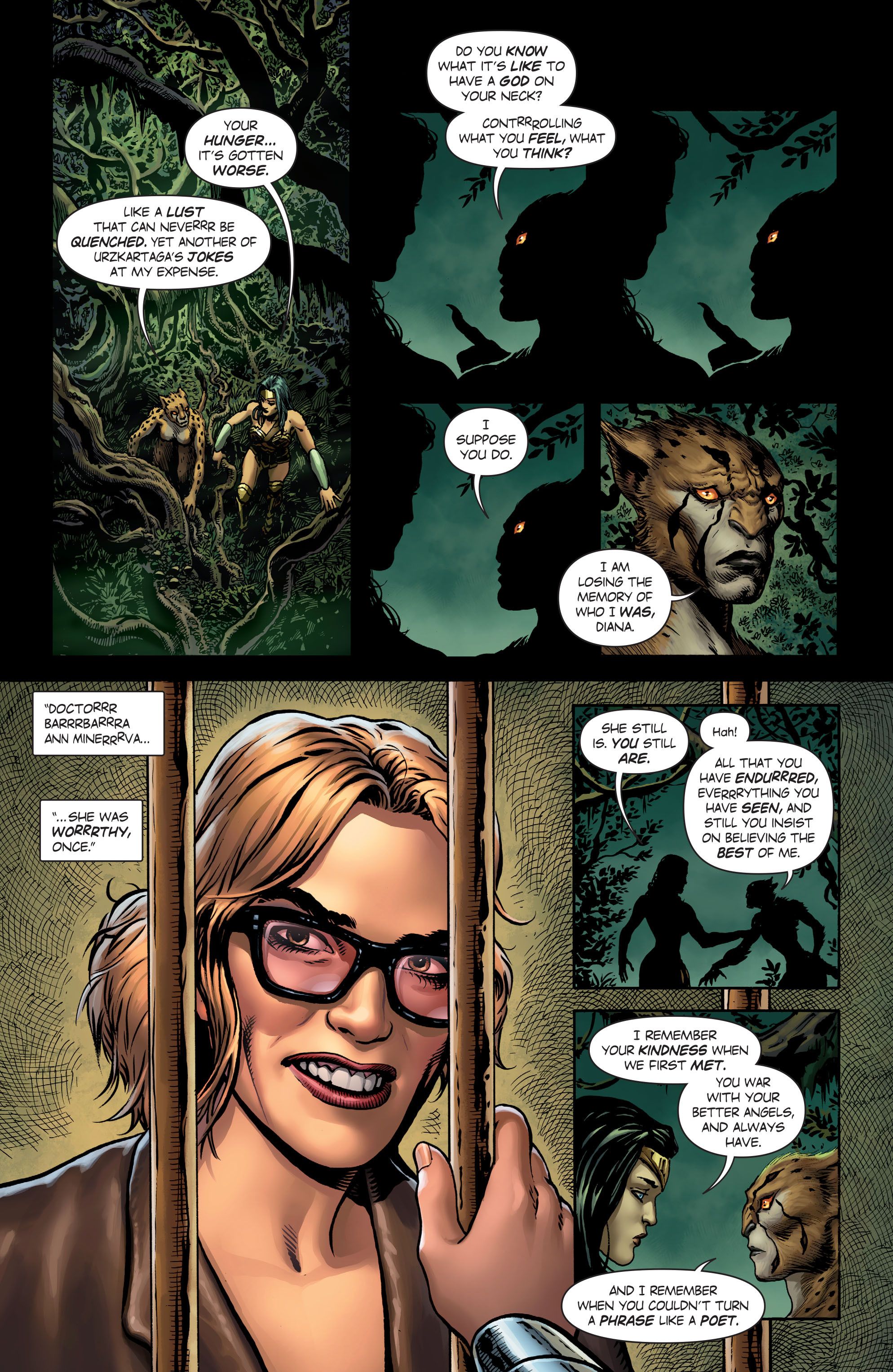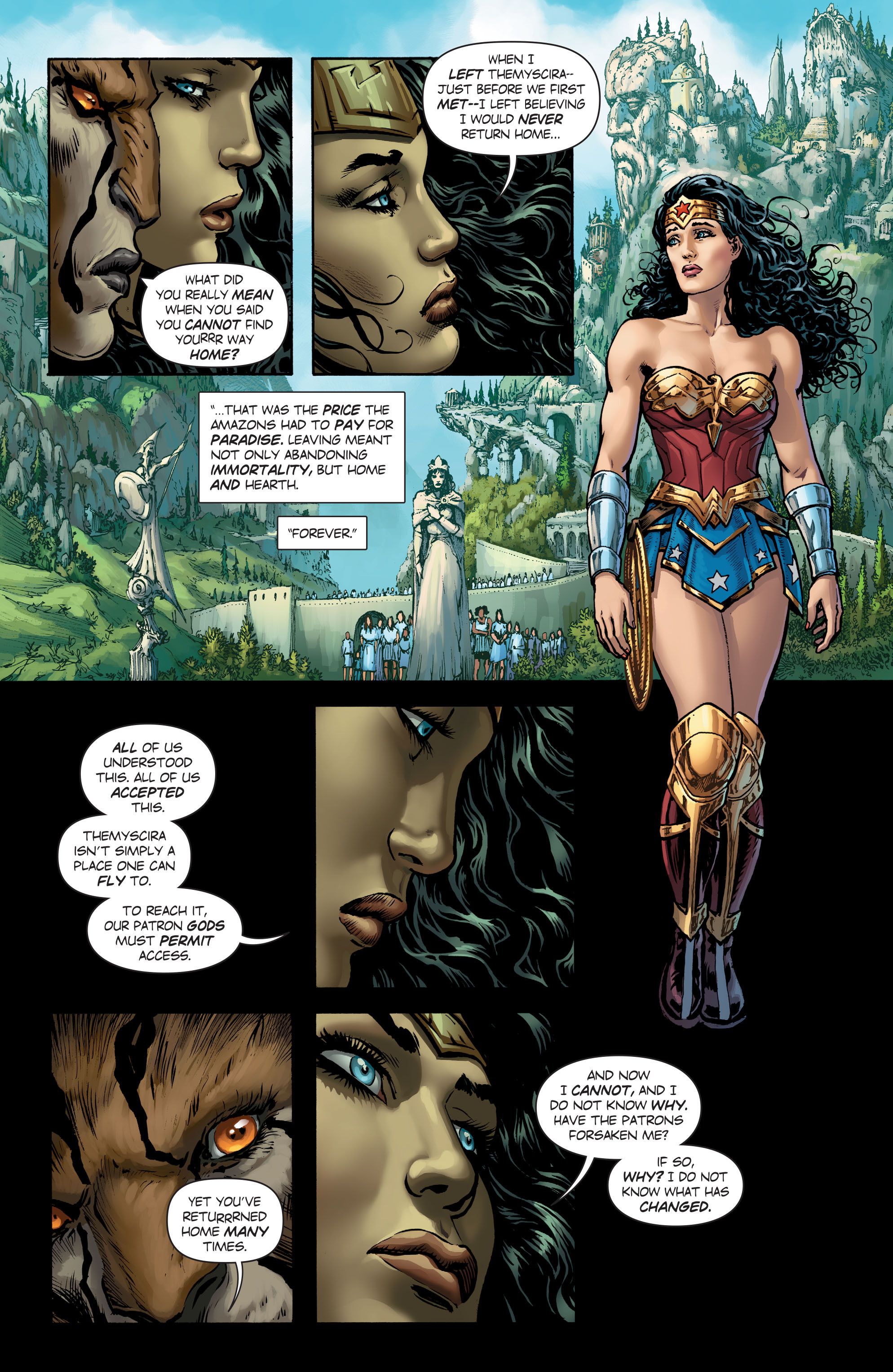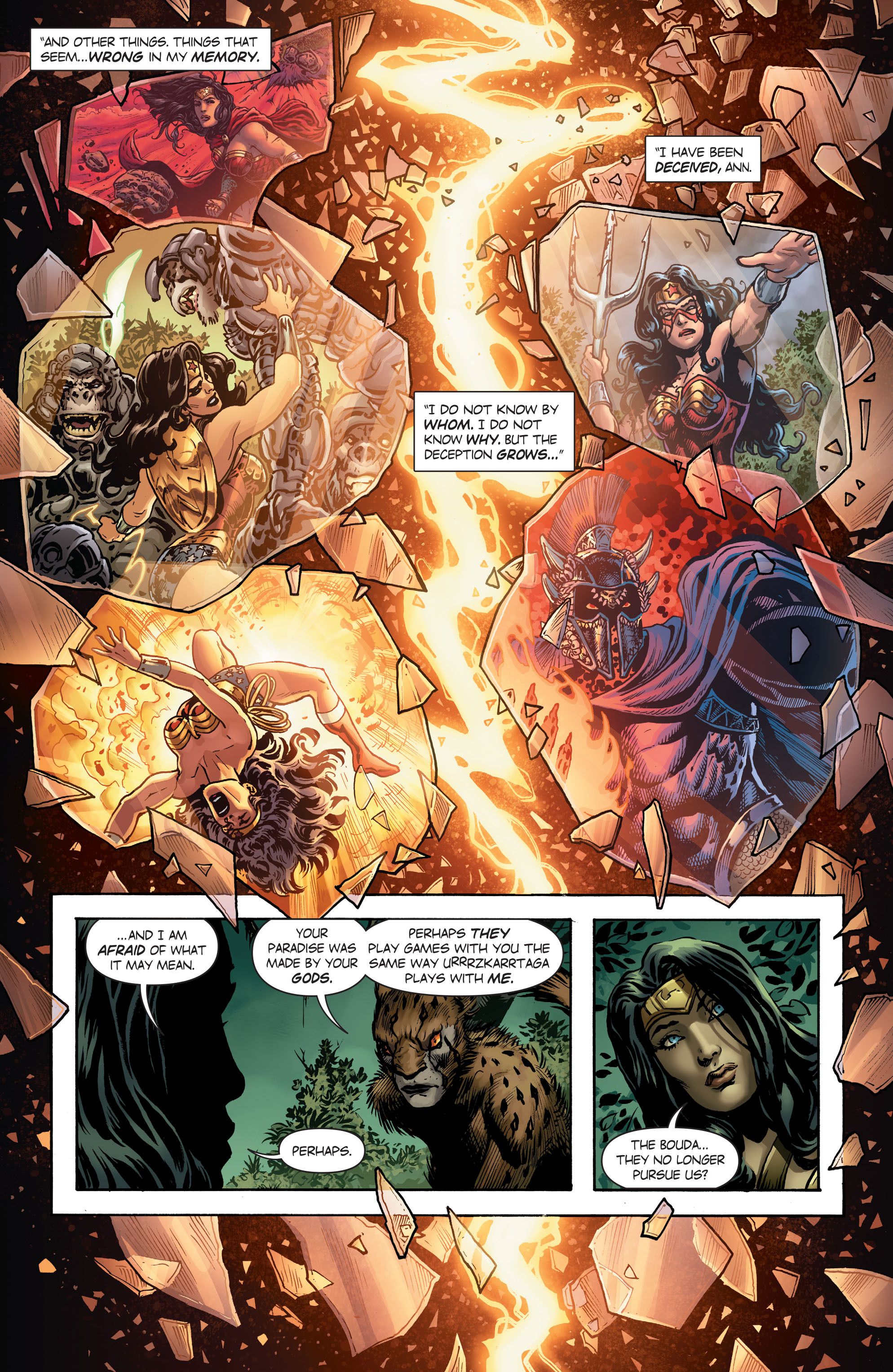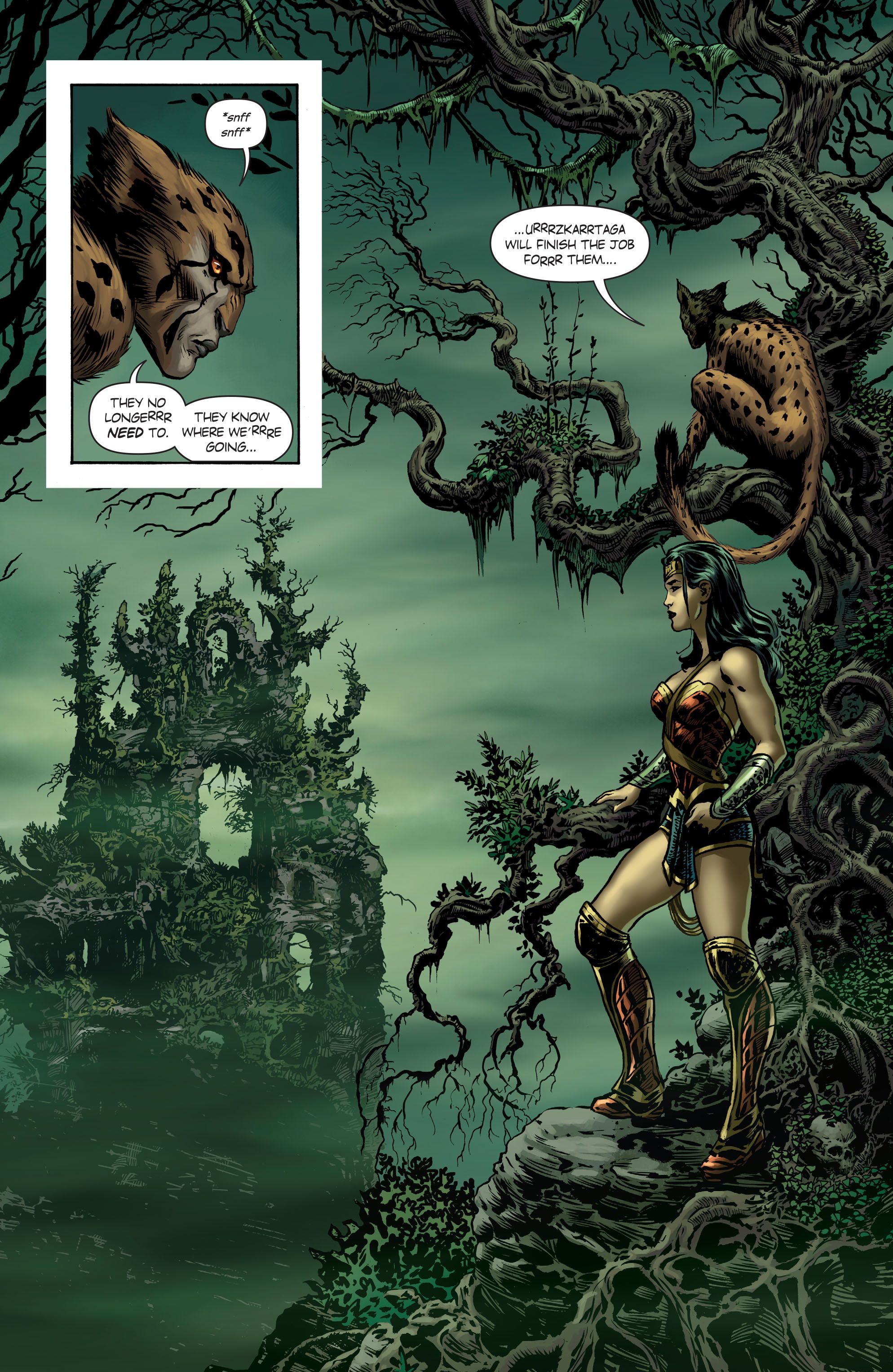You voted and now here are the results for your picks for the top comic books and graphic novels of the 2010s.
100. Deathstroke by Christopher Priest
Christopher Priest just recently completed an epic 50-issue run on Deathstroke the Terminator (not counting the Rebirth issue, I guess), and it was right up there with any of his long runs on titles, like Black Panther and Quantum and Woody, where he perfectly balances the individual story arc along with building around larger, meta-arcs, centered around strong character work.
Deathstroke had come a far away from the original conceit of the character during the New 52 and Priest used Rebirth as the opportunity to effectively retcon most of the changes to Deathstroke over the past couple of decades, including the death of Deathstroke's closest comrade, Billy Wintergreen. Priest's Deathstroke was still clearly a bad guy, but he was a slightly less unhinged bad guy. He was basically a lot like the character that Marv Wolfman and George Perez had made so famous so many years ago.
Perhaps the greatest aspect of Priest's run is the acknowledgement that if Deathstroke is a villain in the DC Universe, then who would be his enemies? Well, naturally, they would be superheroes, right? And so Priest would find ways to pit Deathstroke against superheroes, but always in a fashion that would respect his opponents, like the famous story arc that pitted Deathstroke against Batman after Damian Wayne discovers that he might actually be Deathstroke's son and not Bruce Wayne's...
Speaking of family, Priest also made great use of Slade Wilson's family, specifically Joe "Jericho" Wilson and Rose "Ravager" Wilson. Of course, this is Priest, so there was plenty of humor mixed into the series, as well. It was a wonderful balance of character-driven action with humor at times, all perfectly placed in the context of the DC Universe (which allows Priest to sort of mock the conventions of the DC Universe, at the same time). It was an epic run and one of Priest's best (and he has had a whole lot of great runs over the years).
99. Underwater Welder
Jack is a literal underwater welder in this graphic novel written and drawn by Jeff Lemire. His father, a diver who searched for "treasures" had drowned years earlier and now that Jack's wife is expecting their first child, Jack is dealing with the pressures of impending fatherhood and he begins to crack when he seemingly discovers an old watch that had been one of his father's discoveries while he is doing his underwater welding...
He becomes obsessed with the watch, and it becomes a magical sort of nexus point where Jack tries to get to the bottom of the mystery of what happened to his father and what truly led to his dad's death. He travels to the past and the future along the way. Of course, this obsession strains his current marriage and the pressures of becoming a father make Jack want to re-visit how much he is like his own dad. He feels like he is trapped in the same small town that will inevitably turn himself into his father and, if he is not careful, he might be right.
At the heart of the comic is a man who feels that he is tied to a certain path in life that he can't avoid no matter how hard he tries. He cannot escape this town and this life, even if it ruins his life and turns him into basically his own father. Can he break free of this? Can he break free of that description of himself? Jack Joseph, underwater welder? If he doesn't, he will likely lose everything.
Lemire makes a point to not explain whether these are hallucinations or actual visits to the future and past, but I don't think it really matter either way, as the key is what it does to Jack's mind and soul, not whether it actually happened. Lemire's artwork captures the extremely haunting nature of the storty very well. This is a powerful tale and you find yourself as a reader drawn into Jack's underwater spiral and you can only hope that Jack is able to pull himself out of it.
98. Deadpool by Gerry Duggan
The start of Gerry Duggan's run on Deadpool began with the writer paired with his writing partner, Brian Posehn. They started with an offbeat storyline with art by Tony Moore and Val Staples, where the dead Presidents of the United States have been revived and now they want to destroy our current country and start all over again. Deadpool has been tasked to re-kill all of them. Along with him on this journey is the ghost of Benjamin Franklin (from Steve Englehart's Doctor Strange run). It's such an outlandish idea for a story and it got people prepared for just how off the wall this Deadpool run would be. However, behind that outlandish side was also a darker edge.
An early arc that got across just how well Duggan and Posehn would mix humor and darkness was in the story arc, "The Good, the Bad and the Ugly," a stunning five-part story by Gerry Duggan, Brian Posehn, Declan Shalvey and Jordie Bellaire which saw Deadpool teaming up with his fellow Weapon Plus survivors, Captain America and Wolverine, to investigate a mysterious man named Butler, who has been stealing Deadpool’s organs (which Deadpool then grows back) to create X-Men for North Korea by experimenting on these poor Korean people and holding their families hostage so that they’ll cooperate. Along the way, we learn that Deadpool ALSO has a family that the evil Butler has been keeping hostage, a woman and Deadpool’s daughter. Can Deadpool save them in time? The heroes travel to North Korea to rescue the families…
What happens, then, when Deadpool DOESN’T get the news he’s hoping for? I loved the way that Duggan and Posehn sort of embraced the various origins Deadpool has had over the years and sort of mold them all together and make it really work well. This arc has lots of humor, but it has a ton of darkness and some extremely heartfelt moments of pure grace.
Posehn eventually left the series, but Duggan remained on the book by himself and continued his exploration of the character of Wade Wilson, especially in relation to Eleanor, the long-lost daughter he never knew he had. When you have an innocent that Wade loves, it becomes that much easier to sort of twist the knife and see Wade go to some really dark places, especially later in the series when Wade, who has always hero-worshipped Captain America, is deluded into following Cap's lead when Cap reveals that he is the leader of Hydra. Things got really dark there for a while. The humor never went away, but it sure did get awfully dark (hence the book actually being re-titled The Despicable Deadpool for a while there).
97. Bingo Love
Bingo Love was one of those rare comic books that was actually a hit before it was ever actually released. You see, Tee Franklin went to Kickstarter to crowdfund the graphic novel (with art by Jenn St. Onge and Joy San) and the response was well beyond anything she could have possibly imagined. The campaign breezed through the original funding goals and soon, Franklin had a deal with Image Comics to publish the graphic novel at Image and there has been a special edition since then, with new stories set in the Bingo Love world by other writers as well as pin-ups by some of the greatest comic book artists around.
The positive response was well-earned, as Bingo Love was a delightful love story about two women who first met when they were barely even teenagers in 1963 at their local Church Bingo...
For Hazel, it was love at first sight, but her feelings for Mari were still so new for her that she wasn't really sure what she felt for Mari other than she wanted to be her friend and be around her all the time. This all changed when Mari gave her a seemingly innocent kiss on the cheek and Hazel realized that she was in love with Mari...
Eventually, she learned that Mari felt the same way, but by this point, even though they were basically adults, it was still 1967 and so the idea of two black girls from conservative families would be able to be together was still a bit of a fantasy and so their respective families tore them apart. They both got married and had families and they didn't see each other again for almost fifty years, until Hazel was at a Mother's Day Bingo with her youngest child, who was almost forty years old and pregnant when she made one of the most amazing discoveries of her life...Mari!
If Bingo Love was only about two young black women dealing with their love for each other in the 1960s, it would already be a powerful story, but Franklin cleverly goes well beyond that with the story of what happens when they are able to reunite after almost 50 years. What do you do when you've been married for almost 50 years and have three children and a bunch of grandkids? Franklin handles what comes next beautifully. I especially marvel at how well she handles the reactions of the various other people in her life (her daughter does not exactly react well to her mother suddenly kissing another woman in front of everyone at church).
St. Onge and San build a stunning world of love between the two characters and nail their evolution through the ages.
96. Wonder Woman Rebirth by Greg Rucka
Greg Rucka had already established himself as one of the most accomplished Wonder Woman writers of all-time back in the early 2000s in his first run on Wonder Woman, but he returned to the series during DC Rebirth for a second run that was just as powerful as the first one.
He launched the Rebirth era of Wonder Woman with Liam Sharp and Laura Martin in a compelling re-introduction to Wonder Woman, Steve Trevor, Etta Candy, Veronica Cale and the Cheetah, as a mission by Steve Trevor finds himself captured in the same area of the world where Wonder Woman has traveled to hunt down the Cheetah to get information about why everything Wonder Woman knew about her life on Paradise Island was a lie...
Rucka did a magnificent job balancing so many different characters, allowing them all to tie in with each other and making the story feel all the more richer for it. Cleverly, at the same time that he was telling the story of Wonder Woman struggling with the lies of the present, Rucka, Nicola Scott and Bilquis Evely were delivering a beautiful re-imagining of Wonder Woman's first days in Man's World.
The stories would alternate in each issue, with one issue being set in the present and the other in the past and Rucka would beautifully balance the two narratives and he would use the two timelines to complement each other. Like a story idea introduced in the past would pay off in the present or a relationship in the present would be shown being established in the past, that sort of thing. Rucka really did a marvelous job weaving it all together. He then concluded his return run with the story of "The Truth," which revealed that Themyscira was intended as a prison for Ares, and thus, when Wonder Woman left, she had to have the truth obscured to protect her from ever leading anyone back there, at which point he could be freed. So she was given false memories to hide the location of Themyscira from her, which explained for her fake origin. Of course, this being Wonder Woman, you can't lie to her for long and eventually she figured things out and found her way back to Themyscira and then things got crazy, as this unleashed Ares' sons on everyone. All the various strands Rucka had established in all of his other stories paid off in this arc, which tastefully retcons Wonder Woman's past and re-establishes her new origin and status quo while also being totally heartbreaking when you see the sacrifices Wonder Woman (and others) have to make to save the day. Liam Sharp was the main artist for this final story arc and he did a great job.

